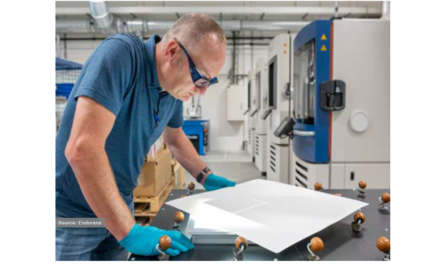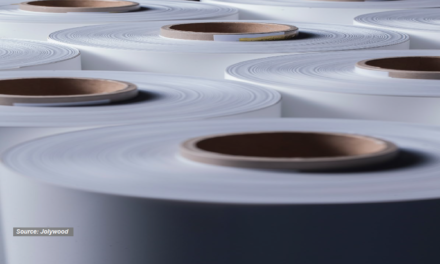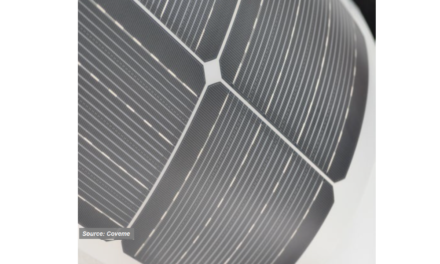- Endurans uses coextrusion to produce its backsheets, which is a single-step process with no adhesives. This results in strong, multi-material sheets with the strength of a monolayer and good adhesion.
- The backsheet has a high reflectivity on the EVA side, which can help to improve module efficiency.
- The backsheet has a maximum system voltage of 1,500 V, which makes it suitable for high-power solar modules.
Endurans, a technology leader in the nonfluoropolymer backsheets segment, offers a special product made with coextrusion as the process and PP as the stack of material. Coextrusion is a single-step process with no adhesives, resulting in strong, multi-material sheets with the strength of a monolayer and good adhesion.
The company is currently promoting its D-series product called Endurans HP D15. The backsheet, as it was featured in TaiyangNews Market Survey on Backsheets 2022/23, has an effective thickness of 350 μm, a lower water vapor permeability of 0.6 g/m²/d, a higher reflectivity of 95% on the EVA side, and a maximum system voltage of 1,500 V. The backsheet especially provides high moisture and sand abrasion resistance.
Endurans also highlights the recyclability of its products. This fluorine-free backsheet comes with up to 30% lower carbon footprint than the traditional equivalents. Since the coextruded backsheets do not use glue, the waste from the backsheet production, including the edge waste, can be directly remelted. The product also has a big advantage in terms of end-of-life recycling, as the coextruded PP backsheet polymer chemistry fully supports the recycling process, pyrolysis for example, to bring the backsheet or polymers back into the monomer state, and then polymerize it again (see Backsheets Supporting Sustainability).
The text is an excerpt from TaiyangNews New Solar Products Overview H1/2023, which can be downloaded for free here.















